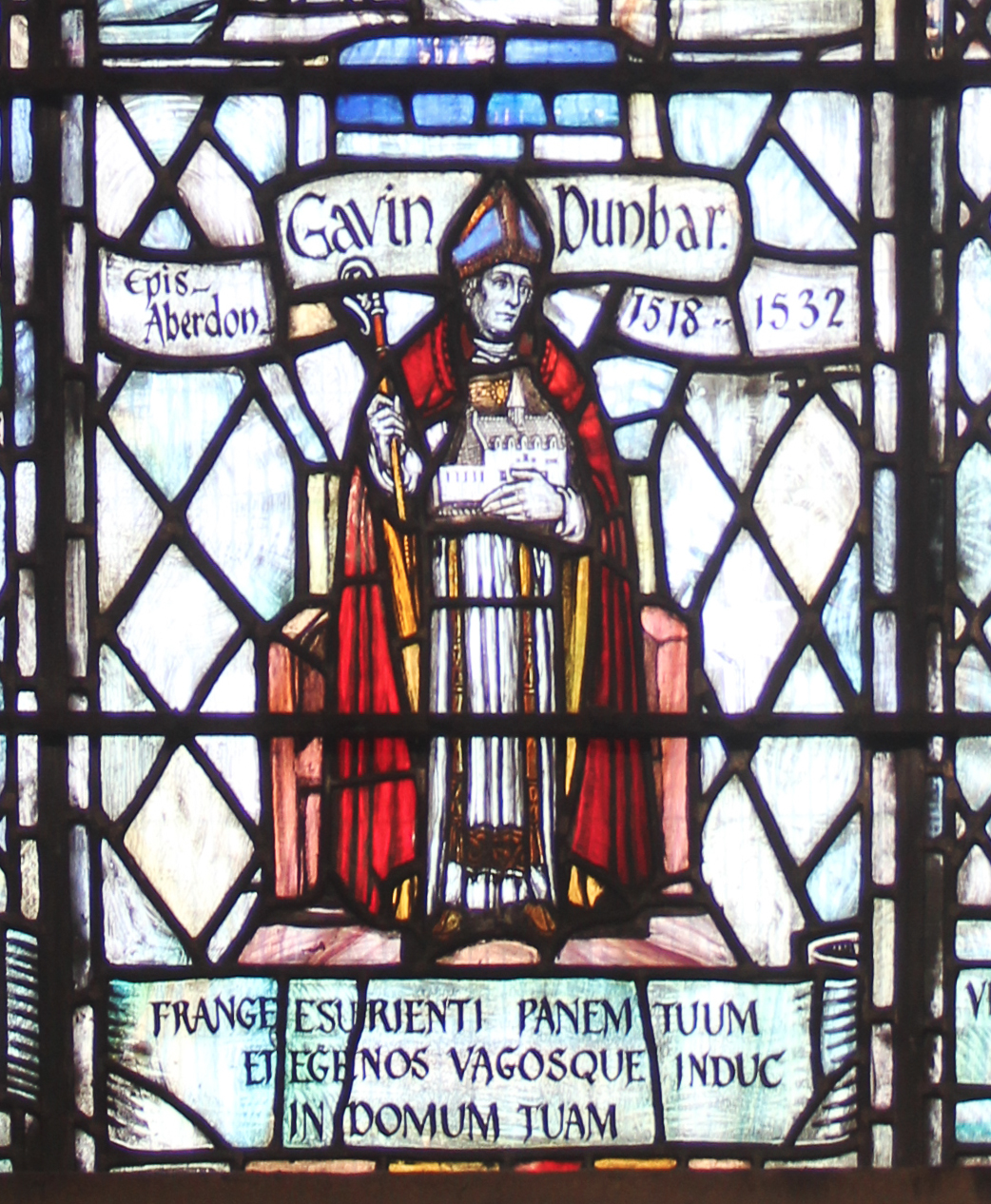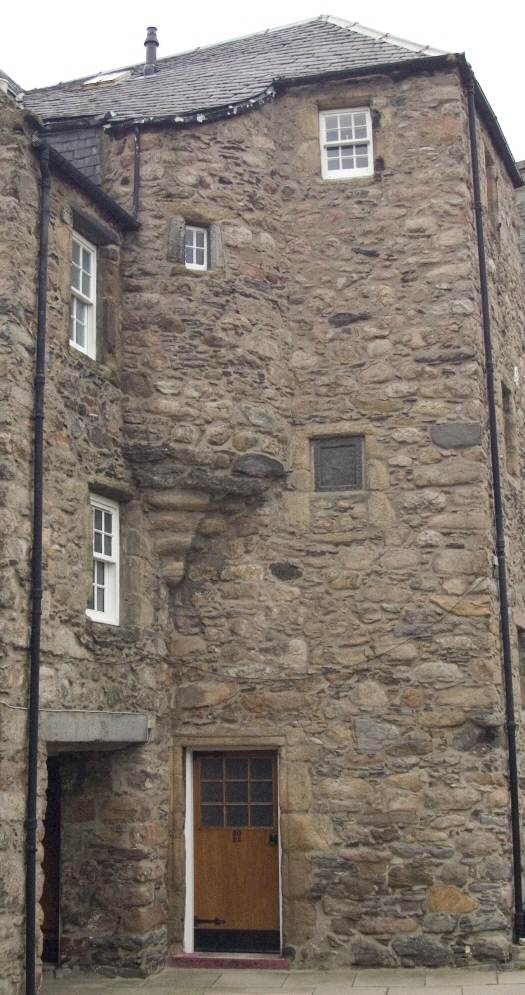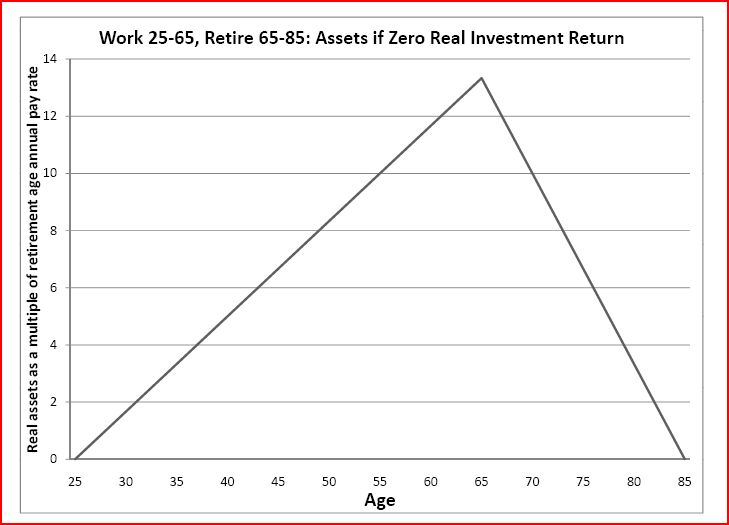|
Bedesmen
Bedesman, or beadsman (Med. Eng. ''bede'', prayer, from O. Eng. ''biddan'', to pray; literally "a man of prayer"; and from Anglo Saxon "bed"), was generally a pensioner or almsman whose duty was to pray for his benefactor. Function A Bedesman (or Bedeswoman) in Medieval times worked in this Christian occupation attached to the crown and churches in Scotland and England. In general, the task was to pray for souls listed on a bede-roll (''pictured'') represented by small items on a string called "bedes" (i.e. "prayers"). Souls who wished to be prayed for, secured their listing by giving alms, donations, or gifts. if a departed soul was a member of a guild the Chaplain would add them to the roll for prayer post-mortem. In the 12th and 13th centuries, the use of little perforated globes of bone, wood, or amber, threaded on a string, came into fashion for the purpose of counting the repetitions of the Our Father or Hail Mary. These objects themselves became known as bedes, later beco ... [...More Info...] [...Related Items...] OR: [Wikipedia] [Google] [Baidu] |
Hospitals In Medieval Scotland
Hospitals in medieval Scotland can be dated back to the 12th century. From c. 1144 to about 1650 many hospitals, bedehouses and ''maisons Dieu'' were built in Scotland. There are many terms that apply to, or describe a ''hospital''. The origin of the English term, "hospital", is probably from the French or Latin. English and European terms for hospital appear to have a common root. "Hospital" – from the Latin – "a place of rest for guests". Other terms are recognized. Almshouse; bede house; chantry; God's house; infirmary; spital; ''Domus hopitalis Sancti Spiritus'' (Latin); ''Gasthuis'' (German); Godshuis (Dut) ; Hôpital (Fr) ; ''Hôtel-Dieu'' (French); ''Krankenhaus'' (German); ''Maison dieu'' (French); ''ospedale'' (Italian); ''Sjukhus'' (Swedish); xenodochium (Greek). Records provide evidence of more than 180 hospitals in Scotland. The term "spit(t)al" or "temple/templar" may also indicate land endowed by churches or monasteries as well as sites associated with the Kni ... [...More Info...] [...Related Items...] OR: [Wikipedia] [Google] [Baidu] |
Lyddington Bede House
Lyddington Bede House is a historic house in Rutland, England, owned and opened to the public by English Heritage. The existing Grade I listed building is a part of a former palace of the Bishops of Lincoln, situated next to St Andrew's Church in the village of Lyddington. The watch tower or gazebo is separately listed as Grade I and the boundary walls are Grade II. The site is a scheduled ancient monument. History The medieval Diocese of Lincoln was the largest bishopric in England, extending from the River Thames to the Humber Estuary. Lyddington lay on a north–south road and the estate here was a convenient place for the bishop's entourage to stop when traversing the diocese. After the Reformation, ownership passed to the Cecil family who made it their private house. By 1600 it had passed to Thomas Cecil, 1st Earl of Exeter, son of Lord Burghley, who converted it into an almshouse for twelve poor bedesmen and it continued in this use until 1930. A feature is the former bis ... [...More Info...] [...Related Items...] OR: [Wikipedia] [Google] [Baidu] |
Bede House, Old Aberdeen
The Bede House in Old Aberdeen, Scotland, is a 17th-century Scottish town house. It was built in 1676 as a residence for Bailie William Logan and his wife Jean Moir of Stoneywood. During the late 18th century, Old Aberdeen Bedesmen moved from their original hospital beside St Machar's Church to the former Logan house in Don Street. In the 19th century the house changed hands. It was first owned by the Burgh of Old Aberdeen, then, by the City of Aberdeen after the merger of the two burghs in 1891. The house was refurbished by the City of Aberdeen Council in 1965. It was divided into two flats or apartments. The flats are now in private ownership. Much of the 17th-century building is in its original form. It is an excellent example of an L-shaped Scottish Town House, built on three floors with an attic. The house is designated as a Category A listed building. History The story of a Bede House in Old Aberdeen starts in 1531 when Bishop Gavin Dunbar of St Machar Cathedral, under t ... [...More Info...] [...Related Items...] OR: [Wikipedia] [Google] [Baidu] |
Cathedral
A cathedral is a church that contains the '' cathedra'' () of a bishop, thus serving as the central church of a diocese, conference, or episcopate. Churches with the function of "cathedral" are usually specific to those Christian denominations with an episcopal hierarchy, such as the Catholic, Eastern Orthodox, Anglican, and some Lutheran churches.New Standard Encyclopedia, 1998 by Standard Educational Corporation, Chicago, Illinois; page B-262c Church buildings embodying the functions of a cathedral first appeared in Italy, Gaul, Spain, and North Africa in the 4th century, but cathedrals did not become universal within the Western Catholic Church until the 12th century, by which time they had developed architectural forms, institutional structures, and legal identities distinct from parish churches, monastic churches, and episcopal residences. The cathedral is more important in the hierarchy than the church because it is from the cathedral that the bishop governs the area unde ... [...More Info...] [...Related Items...] OR: [Wikipedia] [Google] [Baidu] |
Christian Religious Occupations
Christians () are people who follow or adhere to Christianity, a monotheistic Abrahamic religion based on the life and teachings of Jesus Christ. The words ''Christ'' and ''Christian'' derive from the Koine Greek title ''Christós'' (Χριστός), a translation of the Biblical Hebrew term ''mashiach'' (מָשִׁיחַ) (usually rendered as ''messiah'' in English). While there are diverse interpretations of Christianity which sometimes conflict, they are united in believing that Jesus has a unique significance. The term ''Christian'' used as an adjective is descriptive of anything associated with Christianity or Christian churches, or in a proverbial sense "all that is noble, and good, and Christ-like." It does not have a meaning of 'of Christ' or 'related or pertaining to Christ'. According to a 2011 Pew Research Center survey, there were 2.2 billion Christians around the world in 2010, up from about 600 million in 1910. Today, about 37% of all Christians live in the Amer ... [...More Info...] [...Related Items...] OR: [Wikipedia] [Google] [Baidu] |
Christian Prayer
Christian prayer is an important activity in Christianity, and there are several different forms used for this practice. Christian prayers are diverse: they can be completely spontaneous, or read entirely from a text, such as from a breviary, which contains the canonical hours that are said at fixed prayer times. While praying, certain gestures usually accompany the prayers, including folding one's hands, bowing one's head, kneeling (often in the kneeler of a pew in corporate worship or in the kneeler of a prie-dieu in private worship), and prostration. The most common prayer among Christians is the "Lord's Prayer", which according to the gospel accounts (e.g. Matthew 6:9-13) is how Jesus taught his disciples to pray. The injunction for Christians to pray the Lord's prayer thrice daily was given in '' Didache'' 8, 2 f., which, in turn, was influenced by the Jewish practice of praying thrice daily found in the Old Testament, specifically in , which suggests "evening and m ... [...More Info...] [...Related Items...] OR: [Wikipedia] [Google] [Baidu] |
Retirement
Retirement is the withdrawal from one's position or occupation or from one's active working life. A person may also semi-retire by reducing work hours or workload. Many people choose to retire when they are elderly or incapable of doing their job due to health reasons. People may also retire when they are eligible for private or public pension benefits, although some are forced to retire when bodily conditions no longer allow the person to work any longer (by illness or accident) or as a result of legislation concerning their positions. In most countries, the idea of retirement is of recent origin, being introduced during the late-nineteenth and early-twentieth centuries. Previously, low life expectancy, lack of social security and the absence of pension arrangements meant that most workers continued to work until their death. Germany was the first country to introduce retirement benefits in 1889. Nowadays, most developed countries have systems to provide pensions on retirement ... [...More Info...] [...Related Items...] OR: [Wikipedia] [Google] [Baidu] |
Bede (other)
Bede may refer to People * Bede (Saint Bede, the Venerable Bede) (672 or 673 – May 27, 735), a monk at the Northumbrian monastery of Saint Peter at Wearmouth * Alain Bédé (born 1970), Ivorian footballer * Boris Bede (born 1989), French player of gridiron football * Shelda Bede (born 1973), a beach volleyball player from Brazil who competed at the 2004 Summer Olympics *Bede Griffiths (1906–1993), a British-born Benedictine monk and mystic who lived in ashrams in South India *Jim Bede (1933–2015), aircraft designer, often credited with the creation of the modern kitplane market * Olga Bede (1908–1985), a Romanian Magyar writer from Transylvania Places Canada; *Bede, Manitoba, a locality in Manitoba, Canada. Schools *Venerable Bede Church of England Academy in Sunderland, Tyne and Wear, England * St. Bede Academy in Peru, Illinois, USA * St. Bede's Anglo Indian Higher Secondary School in Chennai, India * St Bede's Catholic College in Bristol, England * St Bede's Catholic Hig ... [...More Info...] [...Related Items...] OR: [Wikipedia] [Google] [Baidu] |
Bede
Bede ( ; ang, Bǣda , ; 672/326 May 735), also known as Saint Bede, The Venerable Bede, and Bede the Venerable ( la, Beda Venerabilis), was an English monk at the monastery of St Peter and its companion monastery of St Paul in the Kingdom of Northumbria of the Angles (contemporarily Monkwearmouth–Jarrow Abbey in Tyne and Wear, England). Born on lands belonging to the twin monastery of Monkwearmouth–Jarrow in present-day Tyne and Wear, Bede was sent to Monkwearmouth at the age of seven and later joined Abbot Ceolfrith at Jarrow. Both of them survived a plague that struck in 686 and killed a majority of the population there. While Bede spent most of his life in the monastery, he travelled to several abbeys and monasteries across the British Isles, even visiting the archbishop of York and King Ceolwulf of Northumbria. He was an author, teacher (Alcuin was a student of one of his pupils), and scholar, and his most famous work, ''Ecclesiastical History of the English People ... [...More Info...] [...Related Items...] OR: [Wikipedia] [Google] [Baidu] |
Aberdeen, Scotland
Aberdeen (; sco, Aiberdeen ; gd, Obar Dheathain ; la, Aberdonia) is a city in North East Scotland, and is the third most populous city in the country. Aberdeen is one of Scotland's 32 local government council areas (as Aberdeen City), and has a population estimate of for the city of Aberdeen, and for the local council area making it the United Kingdom's 39th most populous built-up area. The city is northeast of Edinburgh and north of London, and is the northernmost major city in the United Kingdom. Aberdeen has a long, sandy coastline and features an oceanic climate, with cool summers and mild, rainy winters. During the mid-18th to mid-20th centuries, Aberdeen's buildings incorporated locally quarried grey granite, which may sparkle like silver because of its high mica content. Since the discovery of North Sea oil in 1969, Aberdeen has been known as the offshore oil capital of Europe. Based upon the discovery of prehistoric villages around the mouths of the rivers ... [...More Info...] [...Related Items...] OR: [Wikipedia] [Google] [Baidu] |
Church (building)
A church, church building or church house is a building used for Christian worship services and other Christian religious activities. The earliest identified Christian church is a house church founded between 233 and 256. From the 11th through the 14th centuries, there was a wave of church construction in Western Europe. Sometimes, the word ''church'' is used by analogy for the buildings of other religions. ''Church'' is also used to describe the Christian religious community as a whole, or a body or an assembly of Christian believers around the world. In traditional Christian architecture, the plan view of a church often forms a Christian cross; the center aisle and seating representing the vertical beam with the Church architecture#Characteristics of the early Christian church building, bema and altar forming the horizontal. Towers or domes may inspire contemplation of the heavens. Modern churches have a variety of architectural styles and layouts. Some buildings designe ... [...More Info...] [...Related Items...] OR: [Wikipedia] [Google] [Baidu] |








